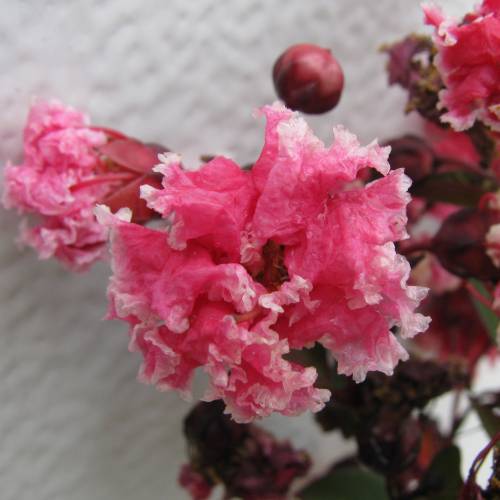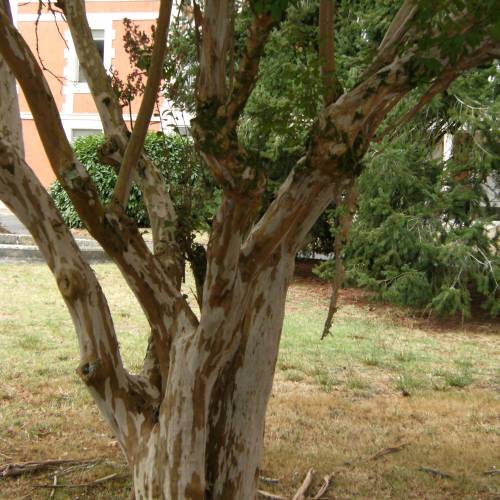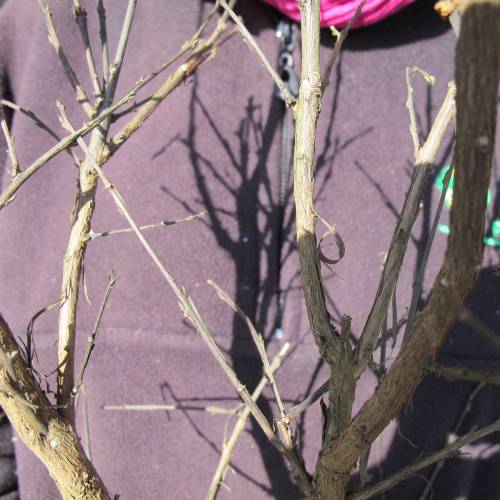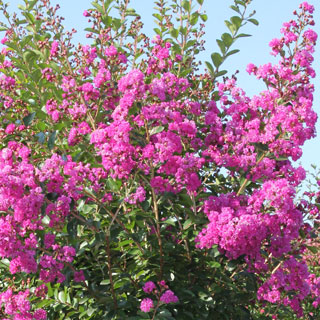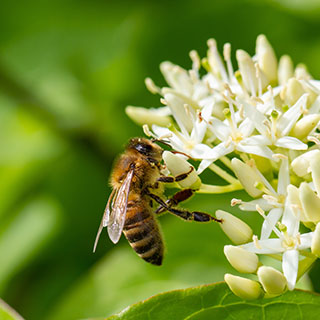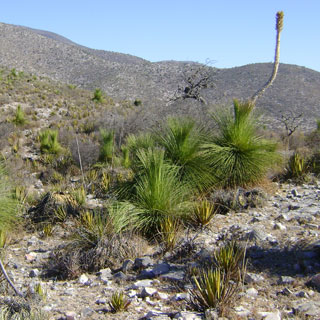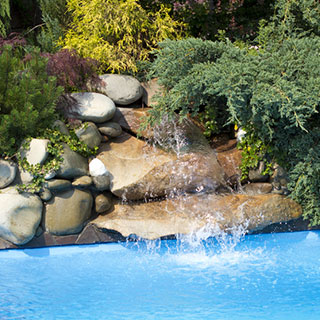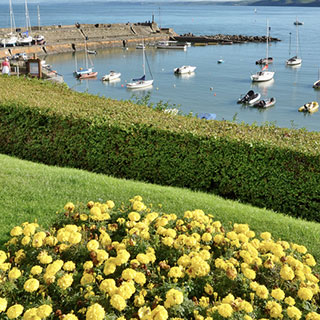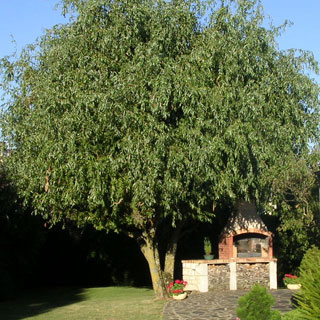
Plants
Myrtle, crape berlingot menthe / Lagerstroemia indica berlingot menthe
-
6.19 € Crape myrtle (Lagerstroemia) Berlingot Menthe Pink with white edges flowers
1998M - Available
-
5.67 € Crape myrtle (Lagerstroemia) Berlingot Menthe Pink with white edges flowers
1997L - Available
-
4.63 € Crape myrtle (Lagerstroemia) Berlingot Menthe Pink with white edges flowers
1997K - Available
-
4.11 € Crape myrtle (Lagerstroemia) Berlingot Menthe Pink with white edges flowers
1997M - Available
-
3.59 € Crape myrtle (Lagerstroemia) Berlingot Menthe Pink with white edges flowers
1997MB - Available
-
0.40 € FERTILISER
1997A - Available
-
Area of origin: China. Introduced into France in 1760.
Adult Dimensions: Height up to 8 m (26,2'), width up to 4m (13').
Foliage: Deciduous.
Soil Type: On poor soil will need some feeding. Dislikes lime.
Hardiness: Hardy to -23°C.
Exposure: Full sun.
Properties and uses:
The Crape Myrtle displays a magnificent and abundant blossom from June through to October in large panicles of 20 to 25 cm. Its brown bark is smooth. It peels away on older trees. The Crape Myrtle can be grown as a shrub or as a small tree depending on its pruning. It will equally thrive whether planted in flowering hedges or in rows.
Jean-Michel Groult advises you
The Crape myrtle, also called "Indian Lilac" or again "Harvest Lilac", has not a lot in common on a botanical point of view with the Common Lilac.
These large shrubs which can reach the size of a small tree with a trunk of 3m, bloom with unrivalled generosity in summer, a time of the year where blooms are not as plentiful than in the spring.
Not very demanding
The Crape myrtle is not sensitive to calcareous soil, cold, poor soil and drought. There are not many shrubs like it! Beware though: it shows resistance providing it has been helped at planting time. Water regularly during its first years and enrich the soil if it is very poor.
Think about protecting young specimens during the first three years against winter-cold. The plant is hardy up to -18°C. The first winters, the young specimens still having a fine stem, they can suffer from harsh frost. A Crape myrtle which has suffered from cold can bloom later than normal (it blossoms abundantly as from its second tear). Wrap the main stems with wintering-fleece and mulch lightly the base.
Choose a Crape myrtle suiting your climate
North of the Loire, choose a non-repeating, early-flowering variety which you will able to enjoy the sight every year. The choice of the variety is more important than the shape: it is better to grow a bushy early-flowering Crape myrtle rather than a standard variety which would not be suitable for your area.
In the South, all varieties and shapes are suitable. Standards are indeed kept for areas which enjoy hot summers (beneath the line Bordeaux-Valence). Late blooming or repeat-flowering varieties which require a lot of summer-heat in order to bloom are better suited to southern climates. Avoid planting one in a cold area, especially when summers are cool and springs late to warm up.
How to prune a Crape myrtle?
To flower well, the Crape myrtle needs harsh pruning as its flowers appear at the end of the most vigorous branches. The first year, cut all the small branches and keep the most beautiful ones at a length of 60 to 80cm. You must be left with a maximum of 8 to 10 branches, which are cleaned of their ramifications. Favour a harmonious silhouette in only keeping the nicely spread branches. The following years, always prune in the same spots. The clump ends up forming stumps, guarantee of a loyal, luxuriant blossom.
Good to know
The worst seen pruning is a ball-shaped shrub. The shrub produces three times less flowers! And what if you do not prune the shrub? It will bloom but the flowers will be more scattered and less showy, as disseminated in the foliage.

